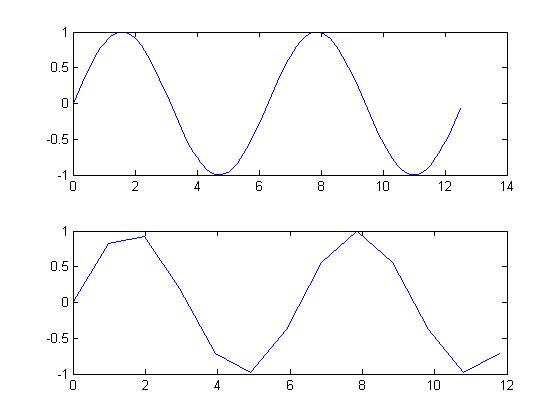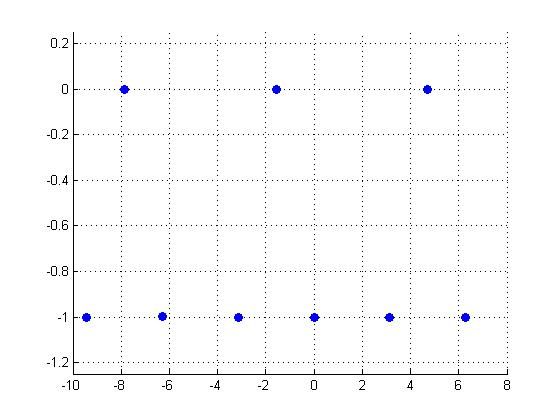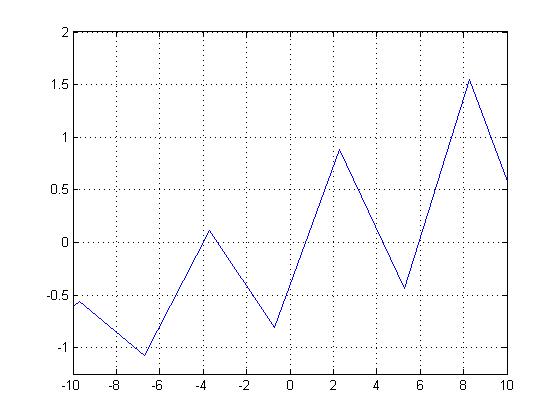| Line 4: | Line 4: | ||
In the first homework, I explained how <math>sin(t)</math> was periodic. However, because that is rather boring, let's take a look at <math>sin(t)-cos(2t)</math>. | In the first homework, I explained how <math>sin(t)</math> was periodic. However, because that is rather boring, let's take a look at <math>sin(t)-cos(2t)</math>. | ||
| + | |||
| + | [[Image:HW2A1_ECE301Fall2008mboutin.jpg]] | ||
| + | |||
| + | [[Image:HW2A2_ECE301Fall2008mboutin.jpg]] | ||
[[Image:HW2A3_ECE301Fall2008mboutin.jpg]] | [[Image:HW2A3_ECE301Fall2008mboutin.jpg]] | ||
Revision as of 14:48, 12 September 2008
Part A: Periodic Signals Revisited...Periodic Signals Revisited...Periodic Signals Revisited
As we discussed in class, a function $ x(t) $ is periodic if $ x(t+T)= x(t) $ , where T is a multiple of the fundamental period, or smallest period.
In the first homework, I explained how $ sin(t) $ was periodic. However, because that is rather boring, let's take a look at $ sin(t)-cos(2t) $.




